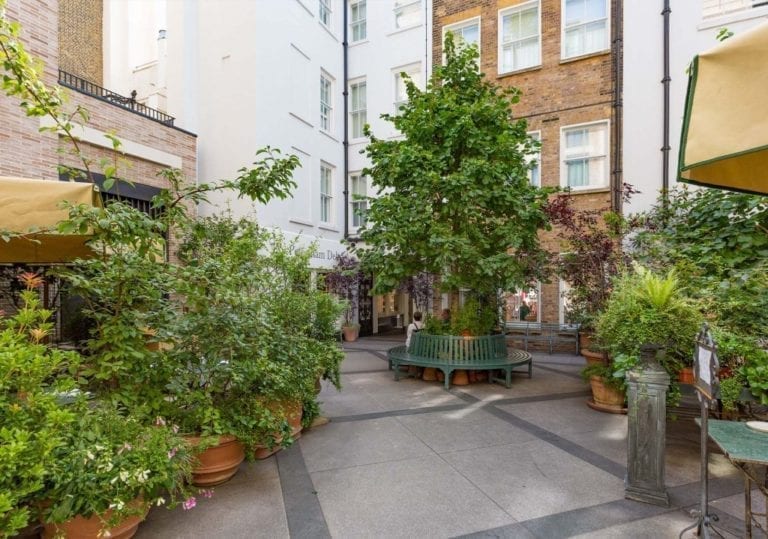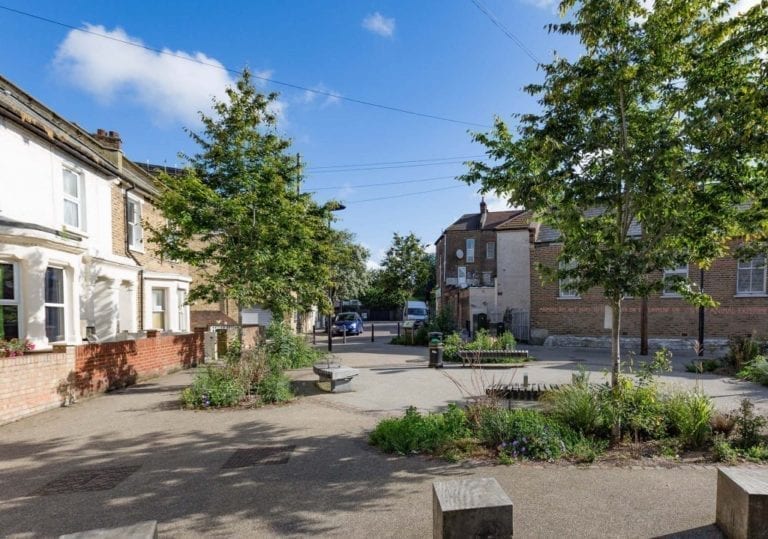As our urban and peri-urban areas become more congested, our bio-diversity becomes increasingly degraded; in fact, apart from our ancient woodlands, there would be few zones where biodiversity is at a level that it was before the Industrial Revolution.
But does this matter? And if it does, what can we do about it?

The major factors in the loss of biodiversity (meaning the complete range of living organisms from the smallest to the largest, including plant and animal – biological-diversity) are agriculture and urbanisation. The use of chemicals and the removal of hedges are recognised as responsible for much of the loss of habitat, but the increase in building density is probably equally responsible for some of our biological deserts. As humans we are part of the eco-system that we inhabit, and our health, well being and enjoyment depends greatly on our experience of a biologically rich and rewarding landscape.

The planning system has tried to change this over recent years, and many government initiatives have been successful in stopping the erosion of animal and insect life in our towns and cities. The removal of permitted rights to pave front gardens with impermeable paving is a step in the right direction, but more needs to be done. However the recent Biodiversity Metric 2.0 launched in July 2019 by Natural England provides a way of measuring and accounting for biodiversity losses and gains resulting from development or land management change.

The scale of many new residential schemes and redeveloped schemes – including the one above, Kings Crescent in Hackney with density of buildings works against a biodiverse area. Many of our biodiverse habitats have evolved over hundreds or even thousands of years, and we cannot expect to replicate this overnight. One area that needs attention is ensuring that our landscape designs include species of plants that encourage greater biodiversity, and that we link our green areas together to allow movement through our schemes of animals and insects. Often the issue comes down to the cost factor, both of installation and of maintenance, and thus we find areas which could have native tree planting and wild seed planting are turned to grassed strips, which provide very little habitat or food for the nature we want to encourage.

Another critical factor that is often neglected is the long-term health of a scheme. New developments are often adopted by local authorities, who are permanently strapped for funding, and who do not have the resource to maintain a biologically rich environment. At times local authorities charge a commuted sum to allow for maintenance that is prohibitive to the developer that the important parts get value engineered – cut out.
In our experience, one of the best ways to increase bio-diversity is to plant less trees but plant them better.
Incorporating trees into Sustainable Urban Drainage Schemes (SuDS) brings additional benefits for both habitat and human enjoyment. Trees can be planted in such a way that they do not take up large amounts of developable land, and when used as storm water managers, these magnificent living plants can pay for themselves many times over. Please contact one of the GreenBlue Urban design team for details of how to add biodiversity to your project, adding value to the schemes.
